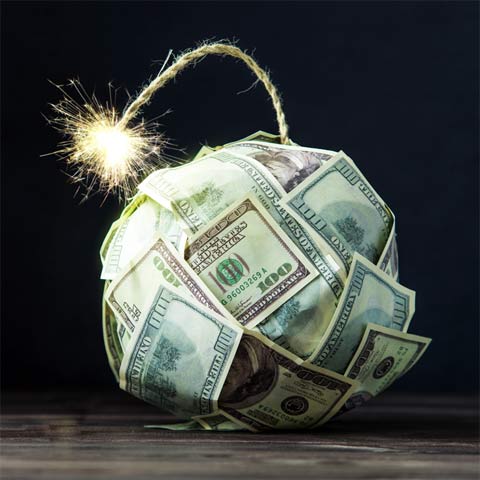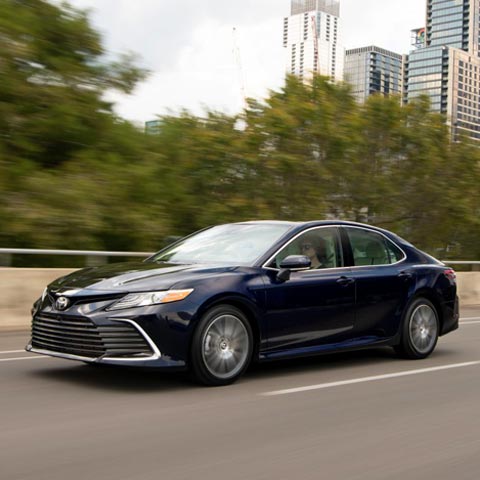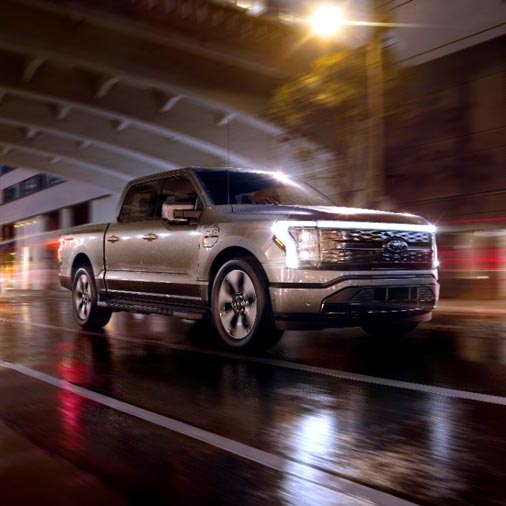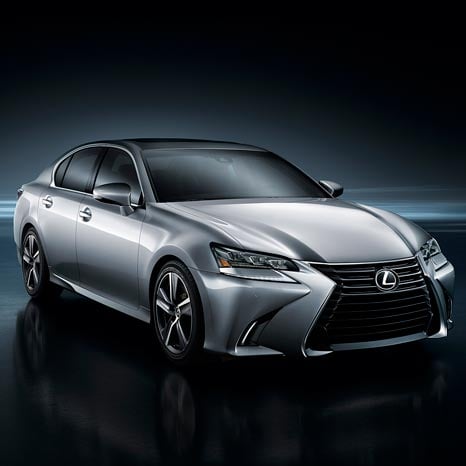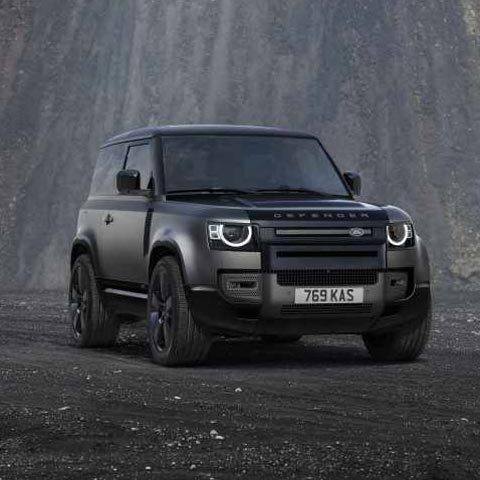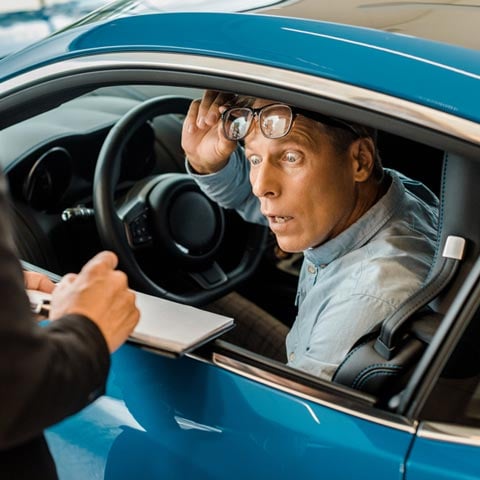Five Things to Check Before Buying a Used Car

Investing in a used car can be a great way to get behind the wheel of a high-quality vehicle without forking over huge sums of cash.
Published on January 27th, 2020. Last Updated on .
Purchasing a used car can be a great way to get behind the wheel of a high-quality vehicle without forking over huge sums of cash. Of course, you will still need to be smart when shopping for a pre-owned vehicle. Before signing on the dotted line, however, you should check the following five things:
Vehicle History
It is always wise to do your homework before buying a used vehicle. Get as much info as you can from the dealership or current owner and then run the VIN through a service like AutoCheck or CARFAX. Your report will include details on accidents, service history, liens, recalls and previous owners.
Prior Body Work
While a VIN report may report major damage due to a reported accident, oftentimes, minor or moderate accidents and body damage is not reported to insurance carriers. Make it a point to ask the salesman or current owner whether the vehicle has any prior body work. If they don't know, look for yourself for signs that the vehicle has been repainted to cover up body work from a prior accident. Look for overspray on the rubber moldings and adjacent trim pieces. If you see any, require an explanation to explain why this has not been disclosed.
Under the Hood
Turn off the car and pop the hood. Scan for fluid leaks on the pavement below the car, and cracked belts or hoses in the engine compartment. Then check the oil and transmission dipsticks; oil should be light brown, and transmission fluid should be red. If the car passes your test, consider bringing it to a local mechanic for a more thorough review. You'll have to spend a little money on this, but it will be a good investment, and may pay for itself in future repairs avoided, or perhaps a better sales price.
Smoke It Out
You can tell a lot about a car by the color of its exhaust. With the vehicle running, walk around back and watch the tailpipe. Billowy white smoke means that one of the cylinders is cracked. Blue smoke could indicate worn piston rings. Thick black smoke could be caused by several different things, none of which are good. Bottom line: if it's white, walk away. If it's blue or black, bring in an expert, or just walk away.
Take a Test Drive
After you've visually inspected the vehicle, take it for a spin. Test the acceleration, braking, and maneuverability. And be sure to get on the highway. Some cars are fine until you pick up speed. Make sure you drive it the way you drive everyday. You're not on a driver's license test, so don't drive it like you're afraid you're going to break it.
